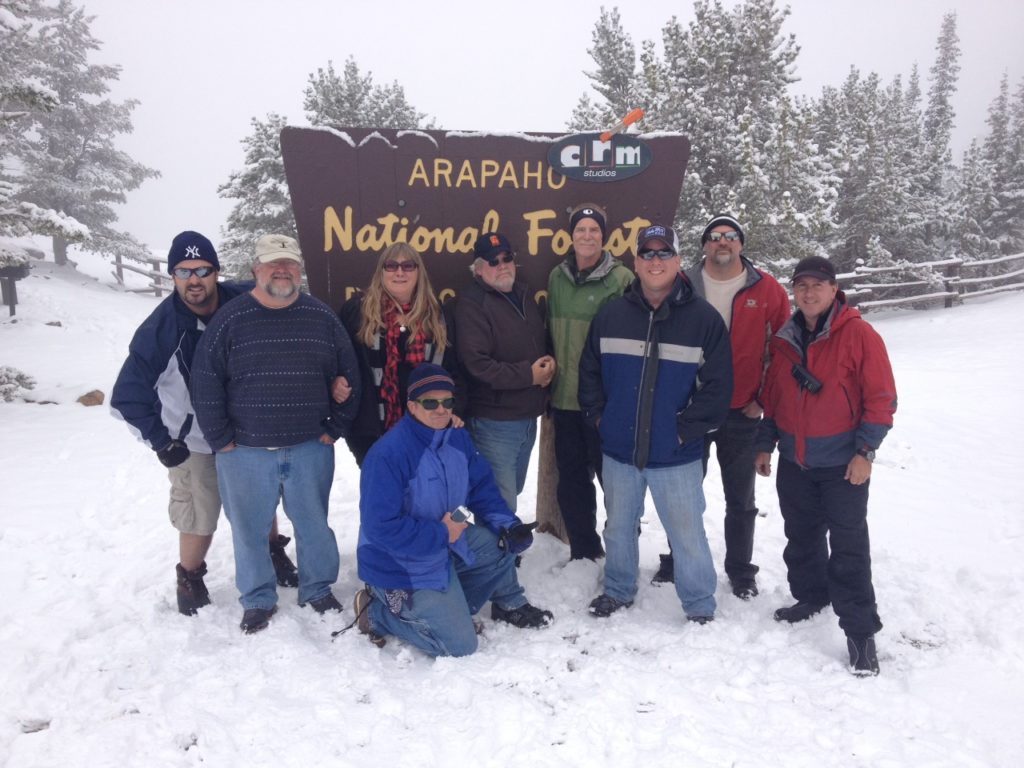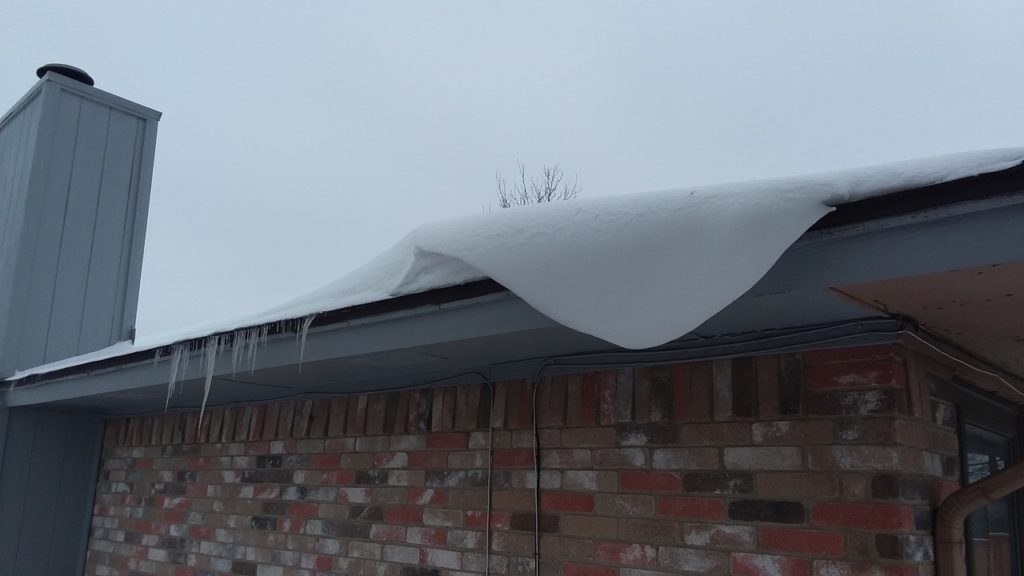What You Need to Know When Shooting Video in Cold Weather

Here in North Texas, where Dallas video production company CRM Studios calls home, the weather has taken a recent dramatic turn to arctic levels.While we’re used to shooting video in hot temperatures, video production here must occasionally deal with sub-freezing conditions.
With that in mind, here are a few tips from our team on how to shoot video in freezing weather:
1. Dress in layers. It’s crucial to dress for the harsh conditions you’ll be facing, but you might also be shooting indoors where it’s significantly warmer. Dressing in layers allows you to wear enough clothes to stay warm, yet easily remove some to avoid overheating. Pockets are handy, too.
2. Protect your extremities. Your fingers, toes and head need to be protected. Waterproof boots are highly recommended as snow and ice turn to slush on your feet. You might need to use ungloved fingers to access menu functions on your equipment, so keep heating packs in your pockets to quickly re-warm them.
Tom knows how to dress to shoot in cold weather Protect your equipment when shooting video in the cold
3. Dress your equipment appropriately. Snow on your lens is not ideal, so use a lens hood or other protection to keep snow and moisture out. A common umbrella can be used to protect the rest of your camera and equipment.
4. Be aware of your batteries. Battery life diminishes quickly in cold weather. Keep spares (the more, the better) in your pockets close to your body for warmth.
5. Avoid sudden temperature changes. Drastic changes in temperatures can promote condensation. If you’re going from an outdoor to indoor setting— or vice versa— go ahead and put your camera back in it’s case or bag. This will allow the equipment to warm or cool more gradually. Go ahead and keep the little bags of silica that come with new equipment as they are literally made to manage moisture.

6. Watch your breath! Especially while changing lenses, try not to breathe on your equipment. Otherwise, you might fog up the inside of your lens and miss that important shot.
7. Pick the right set of sticks. A carbon fiber tripod will be a lot easier to manage in cold weather than an aluminum set. If metal is your only option, tape some foam to it to protect your hands.
8. Consider shooting in manual mode. Especially in snow, white balance and exposure can be tricky. You may have to cheat the preferred auto settings to keep your snow from looking gray or yellow.
These are just some of the tricks and tips our creative team has found useful over decades of experience. In fact, the best tip of all may be to let someone with experience in extreme conditions capture your video for you.
Consider CRM Studios the next time you need to capture video in less than ideal conditions. Whatever the circumstances, we’re prepared for them. Contact us today.


